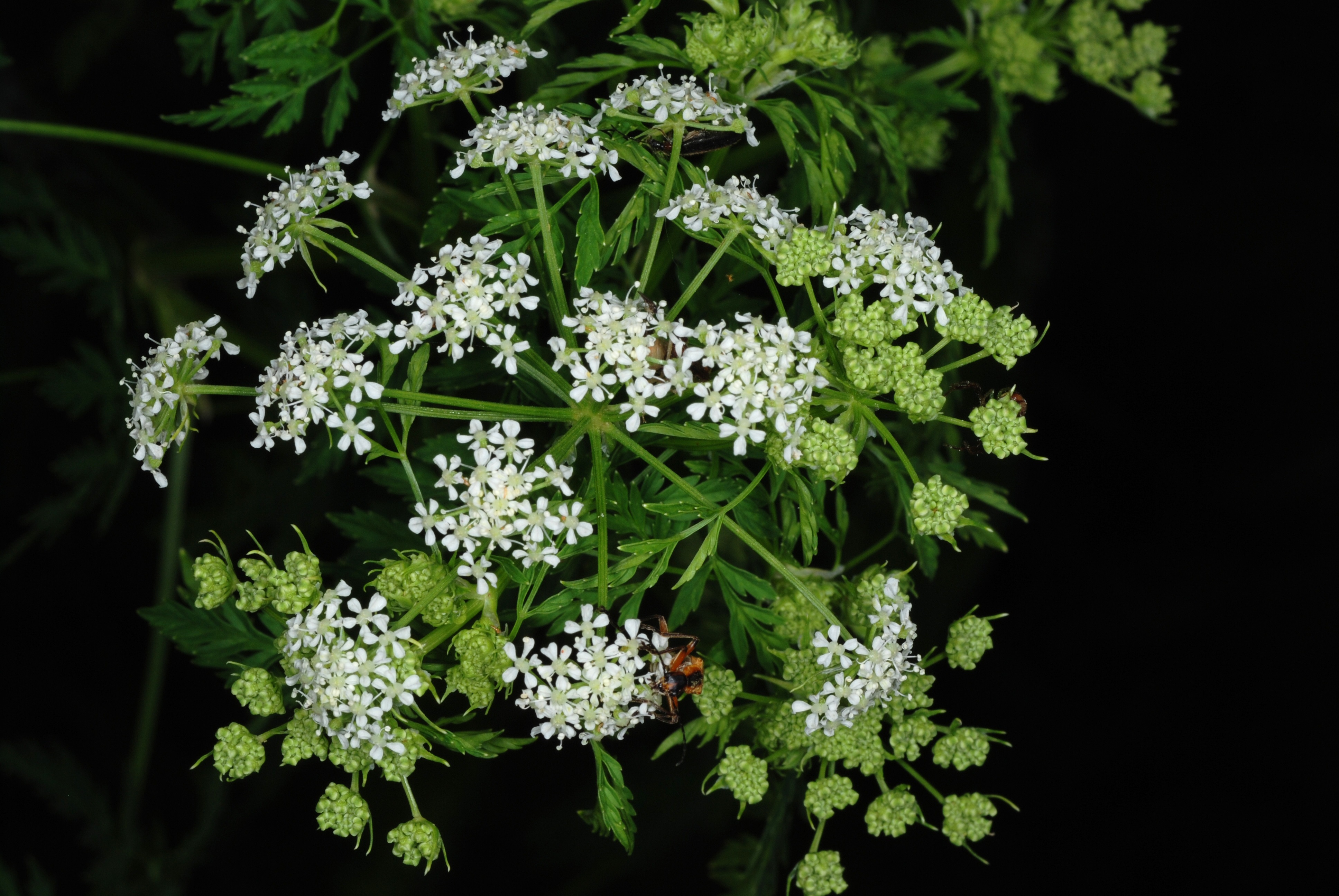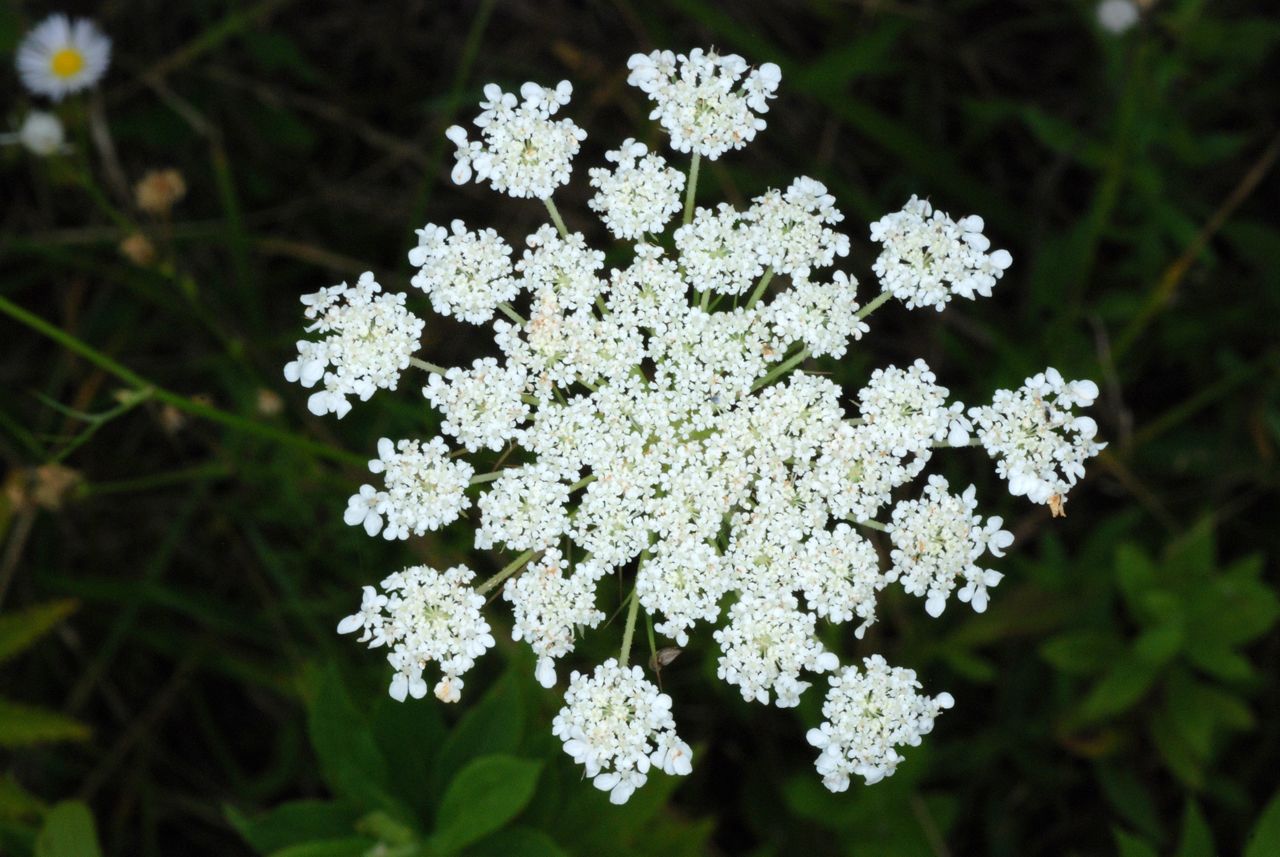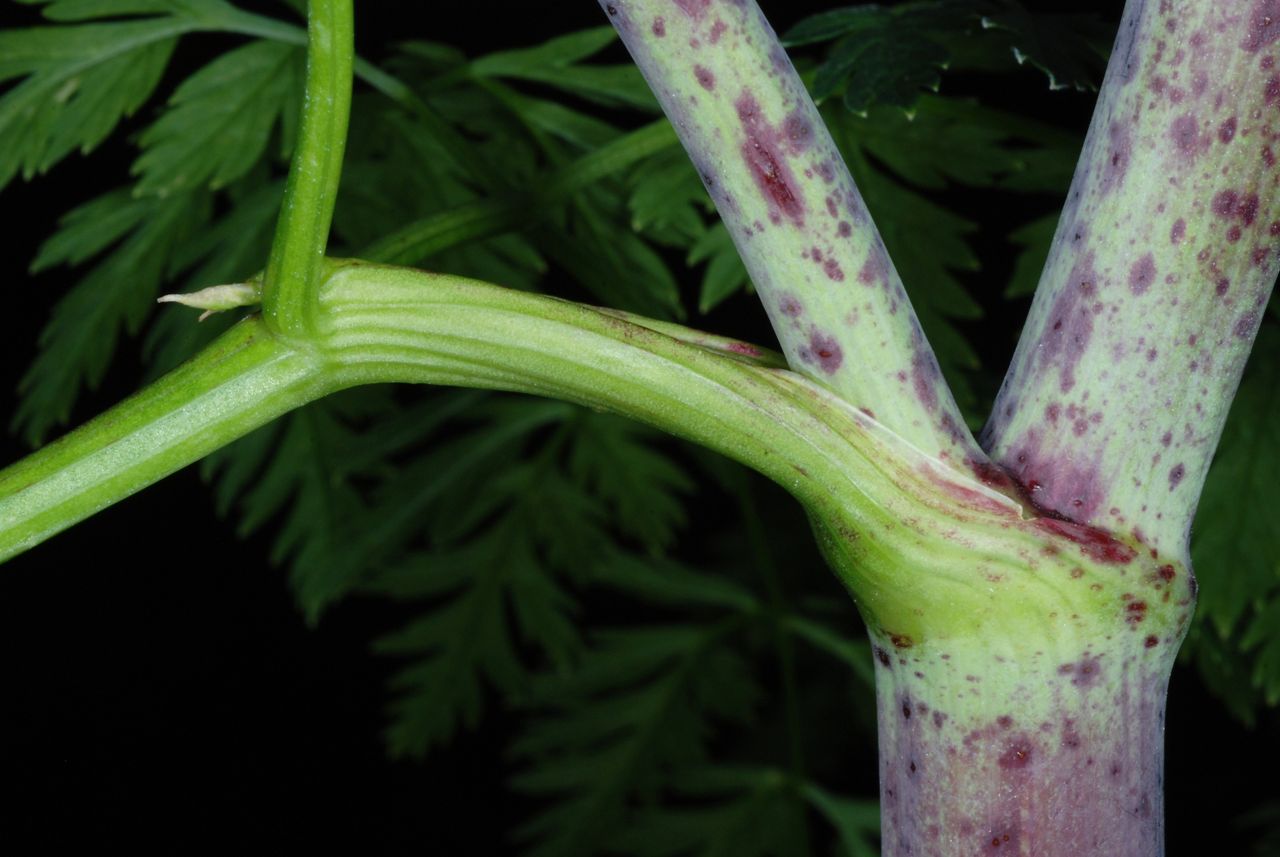GALENA, Ohio — It's white, shaped like an umbrella and can be deadly. Poison hemlock (Conium maculatum) may be spotted in your backyard.
"It's a non-native, invasive species," botanist Andrew Gibson said.
Gibson is a field botanist with the Ohio Department of Natural Resources Division of Natural Areas & Preserves.

He said you can find it along fields, field margins, roadsides and wet ditches. Spectrum News 1 also received messages from viewers who said they found it in their backyards.
"Depending on the situation, it can be a dangerous plant," Gibson said. "Most of the harm is if you ingest any part of the plant, but the worst parts or the most dangerous are the seeds or the taproot or the roots."
Gibson said if you brush up against poison hemlock, you should be fine. He said the real trouble is when you're getting rid of it.
"When you are working with this stuff, you should be wearing gloves and eye protection just because when you are cutting it, the sap comes out and it could get in your eyes or on your skin. And also when you're mowing or weeding this stuff and you're really whacking it up, you can get the sap and the aerosol can get in the air and you can breathe it in, so if you're really mowing and really messing with a lot of this stuff you should be wearing a mask as well," he said.
Poison hemlock can also be confused with Queen Anne's lace, a non-poisonous plant.

To spot the difference, Gibson said Queen Anne's lace is curled up and its stem is covered with stiff green hairs, while poison hemlock is positioned in an umbrella shape and has no hairs on its stem.
Poison hemlock is a biennial plant, flowering during the second year, so Gibson said it's best to cover up, wear a mask and cut the plant at the base of the stem to kill it. He said you should go to the hospital if you come into heavy contact with poison hemlock.




